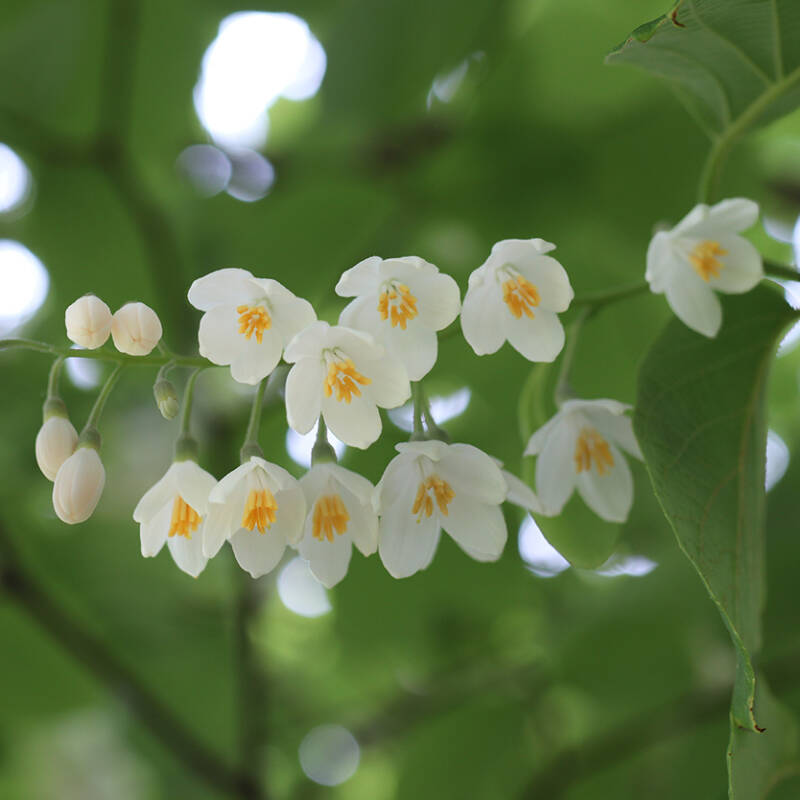One of the best things about being an adult: You’re allowed to play with your food. In spring, that means introducing edible ornamentation like tulip petals to everyday eats, transforming them from ordinarily good to effervescently appealing.
Celebrate what you have. Celebrate flowers. Celebrate the privilege of a meal, and of feeding yourself, or friends. Honor food. Do not forget what others have lost, and are losing, as we speak. Give them a voice through your own actions, but do not stop living. Put spring on a plate. Appreciate every petal.
Here’s an easy snack, and how I like to eat tulip petals in spring.
Photography by Marie Viljoen.

Some years ago, when I was preparing a spring picnic for an intimate, outdoor engagement party, I ran out of edible flowers (I was using violets, dead nettle, and crabapple blossom). But I needed one more snack. A vaseful of perfect tulips was on the kitchen counter. “Hmmm,” I thought, speculatively. I dove into the internet—and emerged from that rabbit hole to tear the cupped petals gently from their stems. That is how a new spring treat was born: Goats’ cheese and tulip petals, amenable to almost infinite variation.


Tulip petals are delicately firm and hold their shape well. Their flavor is mild, like a lightly floral lettuce, although some colors and cultivars can be more intense. For eating, your own, garden-grown tulips are ideal, because you know how they were cultivated, but growers like Moonshot Farm (who sell from their stand in New Jersey and at greenmarkets in New York City) offer bee-friendly blooms that are grown without synthetic pesticides and herbicides.

For picnicking, the tulip petals offer a gentle nest for smooth balls of goats’ cheese mixed with cream (the cream smooths that mildly chalky, goaty edge that fresh chèvre sometimes has). These petal rafts also steady the balls, which have a tendency to roll about, en route.

These treats are the easiest finger food, eaten just so, or schmeared onto a cracker or piece of bread. Another advantage of using fresh goat cheese is that fewer people have an intolerance towards it, if they are lactose-sensitive.

The variations are easy and effective: Finish these cheese bites with different spices. I use black pepper, sumac, Aleppo pepper and urfa biber, ramp leaf salt, or smoked salt flakes. And the hyper-seasonal toppings might be sourced no further than your lawn or windowbox: chickweed, bittercress, the tiny flowers of dead nettle, henbit, or ground ivy.


For more substantial snacks, support the tulip petals on a crisp slice of vegetable. Cucumber is great. So are root vegetables like radish, turnips, beetroot, and carrot.

I dab a tiny portion of miso onto the vegetable slice, to help the tulip petal stick. It adds exceptional flavor to these dainty mouthfuls, too.

Tulip Petals and Goat Cheese on Radish Slices
Makes 10 x 1 ¼-inch balls
Make more, or less. A picnic for one, or party for 20. The ratio of cream to chèvre is 1 Tablespoon cream for every 2 oz of cheese. Have all the ingredients assembled before you begin. Prep time is 15 minutes.
The Cheese Balls:
- 8 oz fresh goat cheese (a long “log”)
- 4 Tablespoons whipping cream
- ½ teaspoon sumac
- Large pinch salt
- Extra virgin olive oil
Optional Coating:
1/3 cup finely chopped field garlic (or chives)
1/3 cup petals: forsythia, Rosa multiflora petals, deadnettle, or violet
Tulip Petals:
- 16 fresh tulip petals
- 1 teaspoon miso
- 10 medium-thin radish slices (same size or slightly smaller than the length of each petal)
Optional Spring Garnishes:
- Bittercress flowers or leaves
- Deadnettle flowers
- Henbit flowers
- Ground ivy flowers or leaves
- Chickweed tips
- Lawn chives
For the cheese balls: Crumble the cheese into a bowl. Add the whipping cream, and mix well with a fork, until blended. Add the sumac if using and the salt. Mix again, and taste. Add a little more salt if necessary. Pour some olive oil into a small bowl and moisten your palms with it. Using a spoon scoop a tablespoon-sized piece of the cheese mixture, then roll it between your palms into a ball. Set aside on a plate. Repeat until you have ten. Transfer the plate to the fridge for 10 minutes.
The petals: While the cheese is chilling, arrange your vegetable slices on a serving plate. Dab a small amount of miso on the center of each slice. Gently place a tulip petal on the miso, pressing it to stick.
For the rolling: If you plan on coating the cheese in petals or herbs, scatter your coating of choice evenly on a clean flat surface or plate. Roll each chilled cheese ball in the coating, then place gently into the center of each tulip petal.
If you are not rolling the cheese balls in a coating, top each ball with a selection of your edible garnishes. Otherwise, scatter these garnishes between your tulip petals. Chill, lighty covered, until needed.
See also:
- Spring Mugwort: Loathe the Weed, Love the Delicacy
- Fuki: A Butterbur Taste of Early Spring
- No-Knead Field Garlic Naan: A Recipe for Wild Comfort









Have a Question or Comment About This Post?
Join the conversation